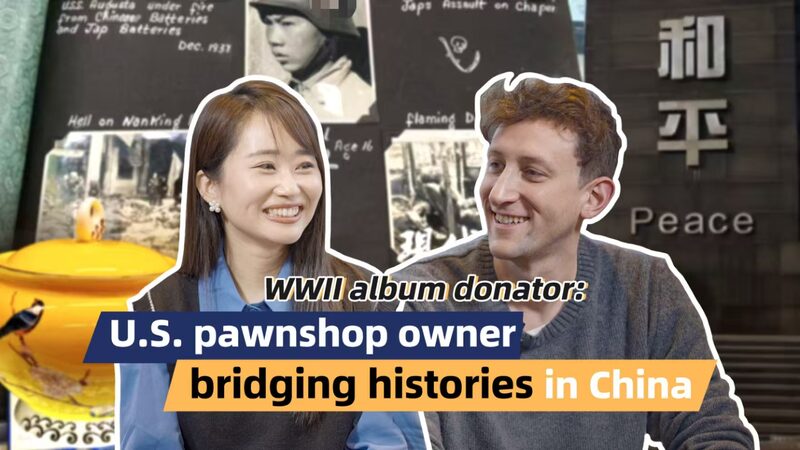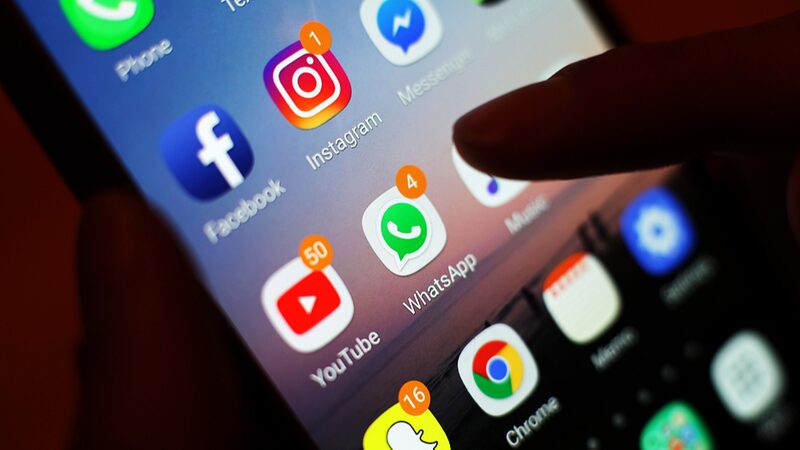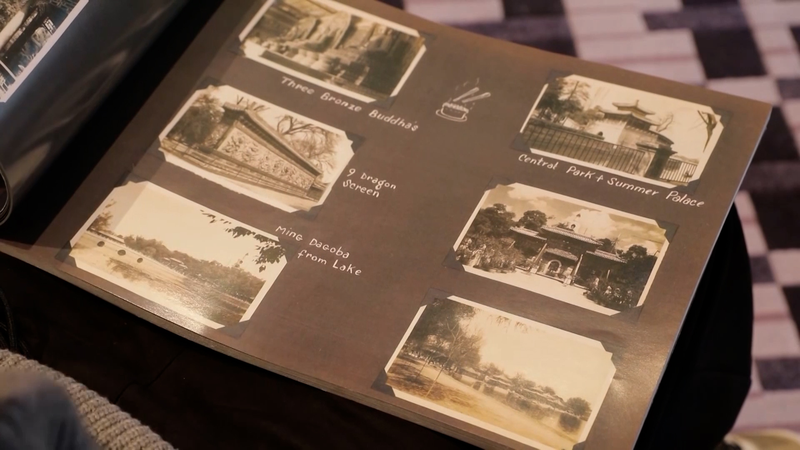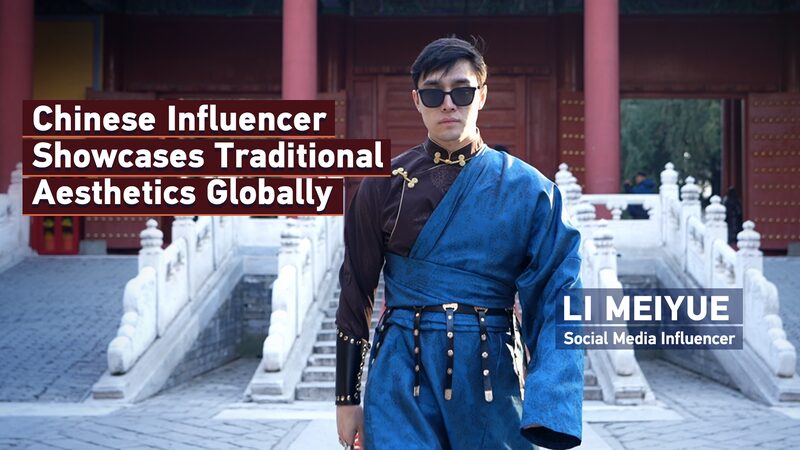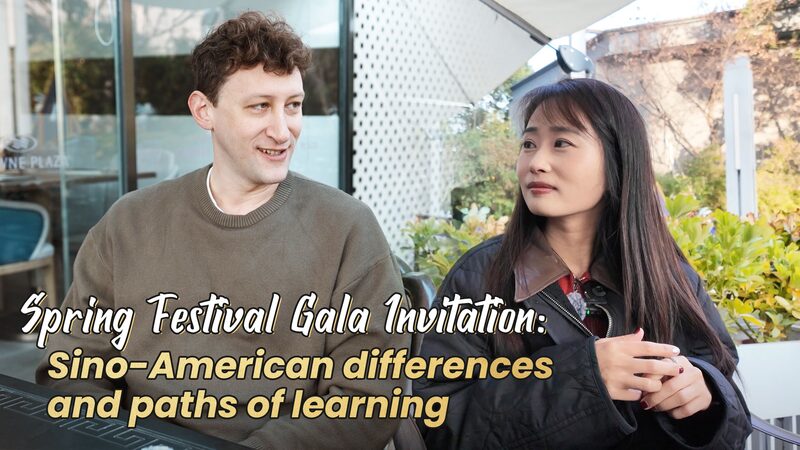What’s the first news event or viral video that springs to mind when you think back to China in 2024? And how about the United States?
For many, the moment that stands out came in November, when American social media influencer Evan Kail, also known as Pawn Man, visited China to experience the country firsthand. I’ve been following Evan’s story for two years—he’s used his “accidental fame” to make a significant contribution to exchanges between young Chinese and American people.
Evan Kail, who runs a coins and collectibles shop in Minnesota, became an unexpected bridge between cultures. Two years ago, a customer brought him a World War II-era photo album documenting Japan’s invasion of China. He posted a TikTok video about it that garnered worldwide attention, sparking numerous online discussions and changing his life.
“At first, I was hailed as a hero after claiming to have uncovered unseen evidence of the Nanjing Massacre, an event in 1937 that historians have rightly dubbed a ‘forgotten holocaust.’ But within 48 hours, the tide turned, and I found myself branded as a hoaxer. Speculation about my ‘sinister’ intentions ran rampant. People said I was using a war crime to fuel my own fame,” Evan recalled.
Despite the backlash, Evan chose to donate the album to the Consulate General of China in Chicago. In gratitude, he was gifted national porcelain, making him one of only three individual foreigners to receive China’s national gift, alongside Henry Norman Bethune and John Rabe.
Evan’s journey didn’t stop there. His visit to China in 2024 allowed him to engage directly with Chinese youth, fostering mutual understanding and breaking down biases. Through social media and personal interactions, he has become a symbol of how individuals can bridge gaps between nations.
In a time when international relations can be strained, stories like Evan’s highlight the power of youth and personal initiative in building bridges across cultures. As we look back on 2024, his efforts stand as a testament to the impact one person can have in promoting unity and understanding between China and the United States.
Reference(s):
Youth as a link: Bridging gaps, breaking bias between China, U.S.
cgtn.com

